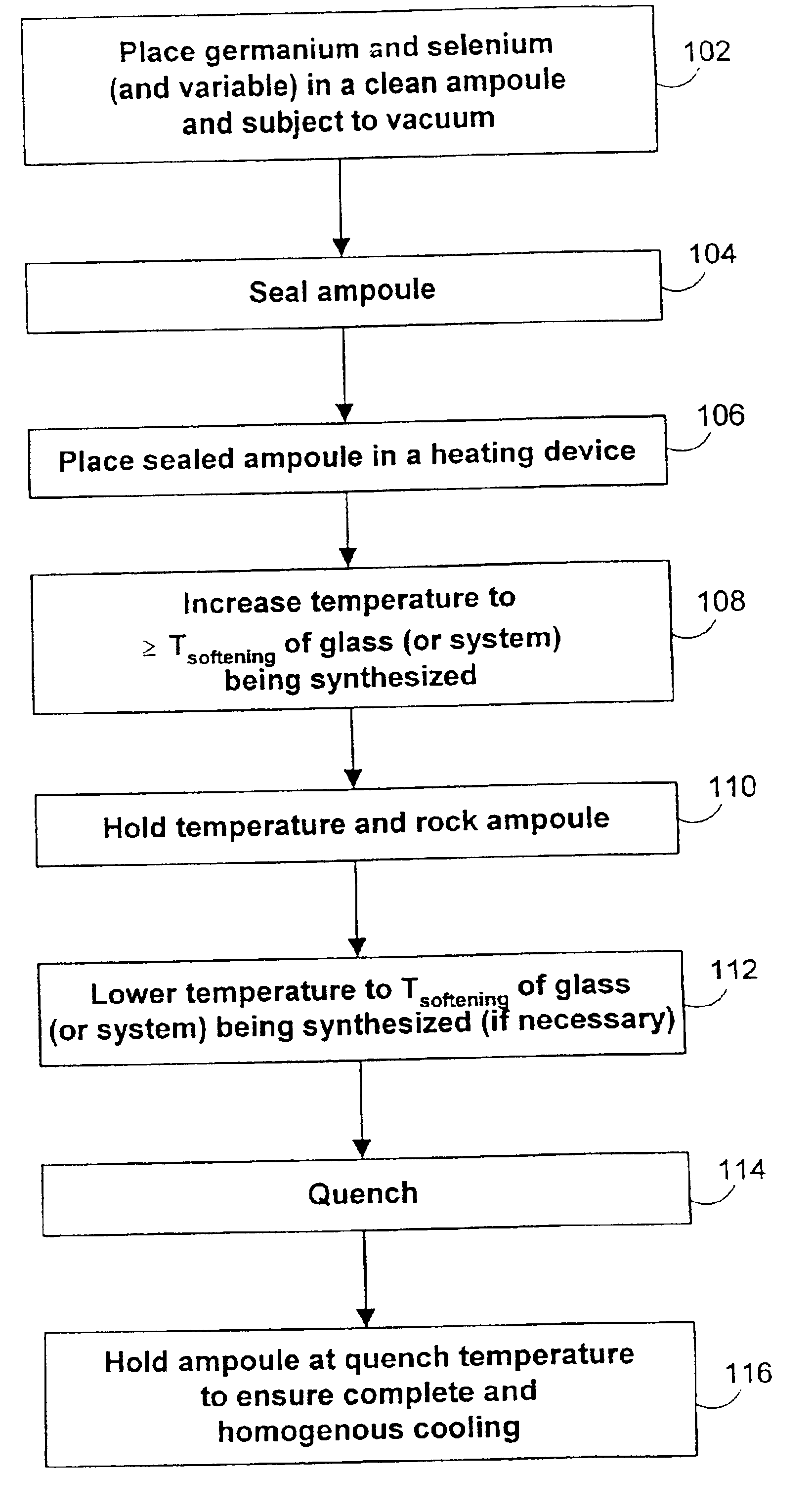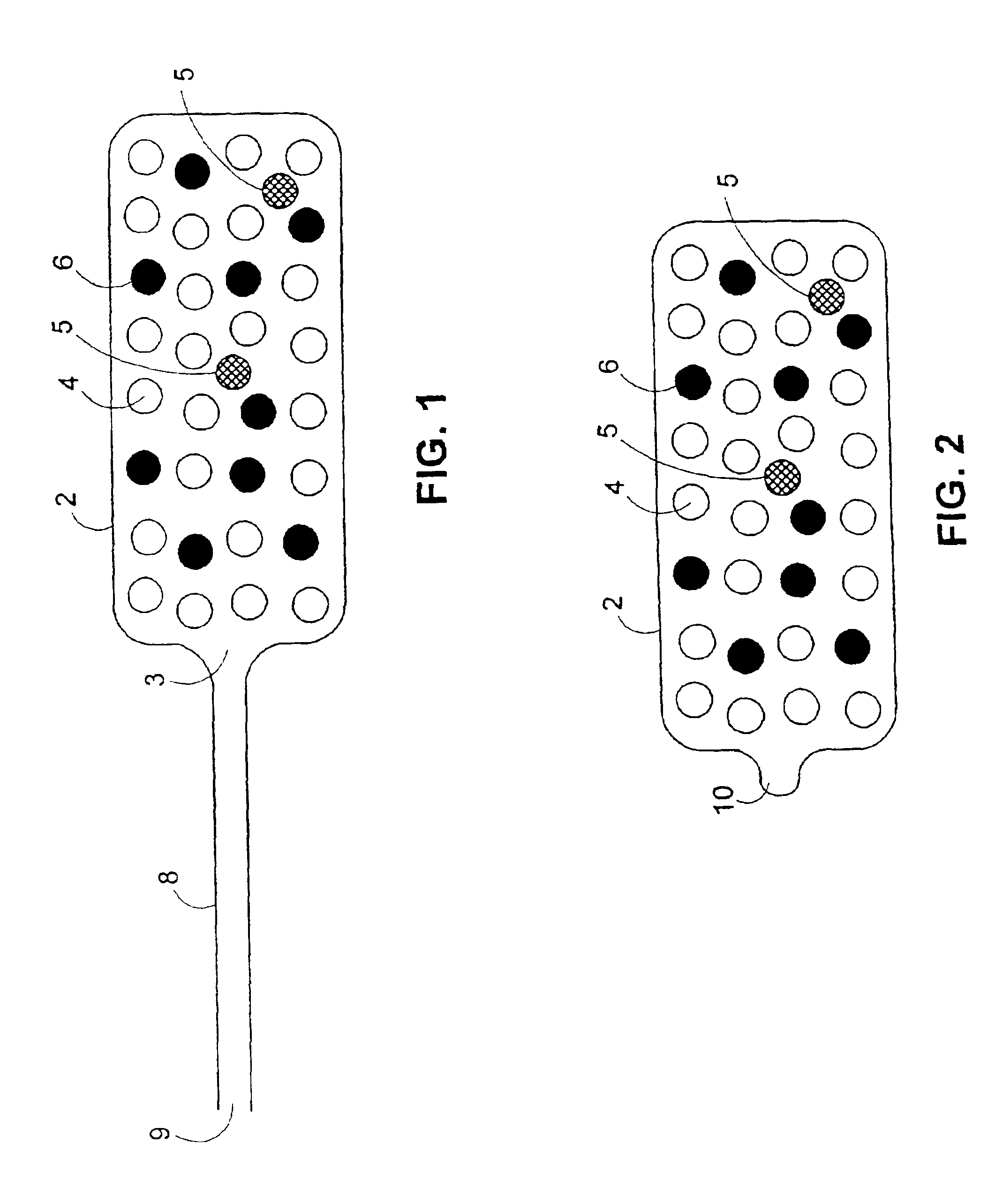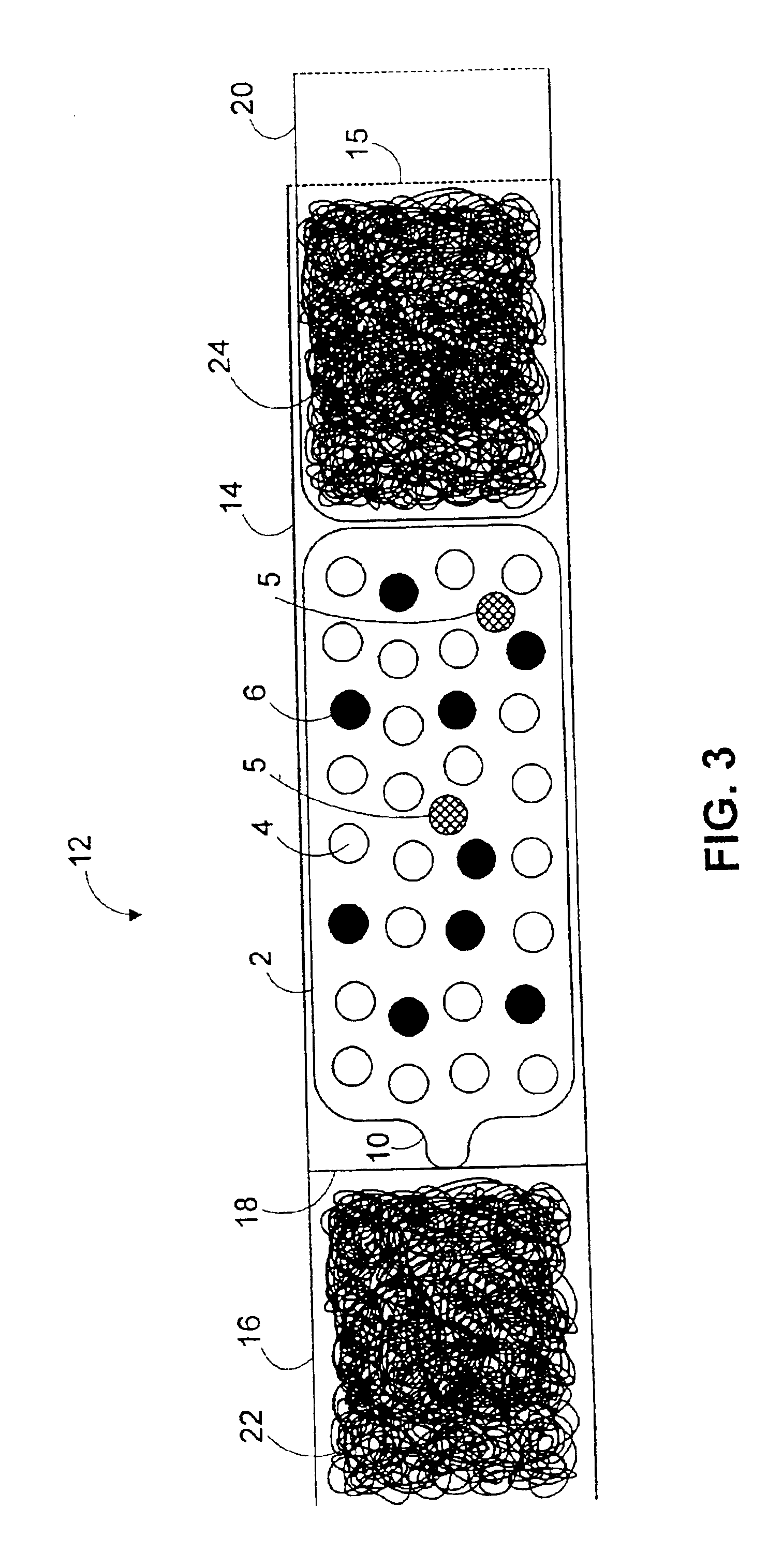Large scale synthesis of germanium selenide glass and germanium selenide glass compounds
a technology of germanium selenide glass and large-scale production, which is applied in the field of systems and methods for synthesizing germanium selenide glass and germanium selenide glass compounds, can solve the problems of high production cost, unpredictable amount of doping, and time-consuming and time-consuming techniques
- Summary
- Abstract
- Description
- Claims
- Application Information
AI Technical Summary
Benefits of technology
Problems solved by technology
Method used
Image
Examples
Embodiment Construction
The invention can preferably produce upwards of about 750 grams of germanium selenide glass per reaction depending on the stoichiometry of the glass being synthesized. For a synthesis of about 400 grams, the reaction takes about eight hours. For a 30 gram synthesis of a germanium-selenium-manganese compound (Ge25Se75; 3% atomic weight of manganese), the reaction takes about six hours. The invention also produces upwards of about 750 grams of a germanium selenide glass compound depending on the variable chosen and the ratios of the germanium and selenium to each other and to the variable. The initial cleaning of the equipment, which is important, is not included in the reaction times.
Suitable variables for germanium selenide glass compounds in accordance with the invention include lithium, vanadium, chromium, manganese, cobalt, molybdenum, ruthenium, silver, praseodymium, neodymium, iridium, gold, and lead. Other suitable variables may also be used. The variable included in such glas...
PUM
| Property | Measurement | Unit |
|---|---|---|
| softening temperature | aaaaa | aaaaa |
| temperature | aaaaa | aaaaa |
| temperature | aaaaa | aaaaa |
Abstract
Description
Claims
Application Information
 Login to View More
Login to View More - R&D Engineer
- R&D Manager
- IP Professional
- Industry Leading Data Capabilities
- Powerful AI technology
- Patent DNA Extraction
Browse by: Latest US Patents, China's latest patents, Technical Efficacy Thesaurus, Application Domain, Technology Topic, Popular Technical Reports.
© 2024 PatSnap. All rights reserved.Legal|Privacy policy|Modern Slavery Act Transparency Statement|Sitemap|About US| Contact US: help@patsnap.com










